FreeBSD
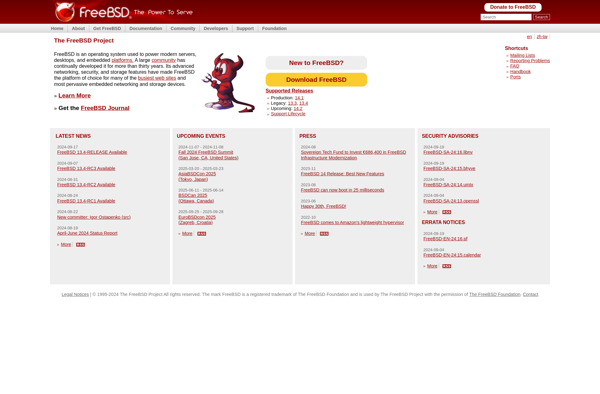
FreeBSD: Open Source Unix-Like OS
FreeBSD is an open source Unix-like operating system used for servers, desktops, and embedded systems. Known for stability, security, and speed, FreeBSD provides advanced networking, performance, and compatibility features.
What is FreeBSD?
FreeBSD is an advanced open source computer operating system used for modern servers, desktops, and embedded platforms. Originally derived from BSD Unix, FreeBSD offers compatibility with a wide range of applications and drivers while providing advanced performance, security, and networking features.
Some key aspects of FreeBSD include:
- Excellent stability and reliability based on its Unix heritage, extensive testing, and security focus
- High performance especially for networking, web serving, and I/O intensive workloads
- Advanced security features like access control lists (ACLs), cryptographic frameworks, and mandatory access controls
- Support for the latest hardware and technologies like WiFi, Bluetooth, GPU acceleration, and virtualization
- Backwards compatibility with Linux, UNIX®, and other standards for software portability
- An active open source community focused on technical excellence and innovation
With its feature set and maturity, FreeBSD excels as a web server, file server, DNS server, firewall, router, and for many other server or infrastructure roles. Its advanced capabilities also make FreeBSD suitable for desktop and laptop systems.
FreeBSD Features
Features
- Unix-like operating system
- Open source
- Used for servers, desktops, embedded systems
- Known for stability, security, speed
- Advanced networking, performance, compatibility features
Pricing
- Open Source
Pros
Cons
Official Links
Reviews & Ratings
Login to ReviewThe Best FreeBSD Alternatives
Top Os & Utilities and Operating Systems and other similar apps like FreeBSD
Here are some alternatives to FreeBSD:
Suggest an alternative ❐Windows 10
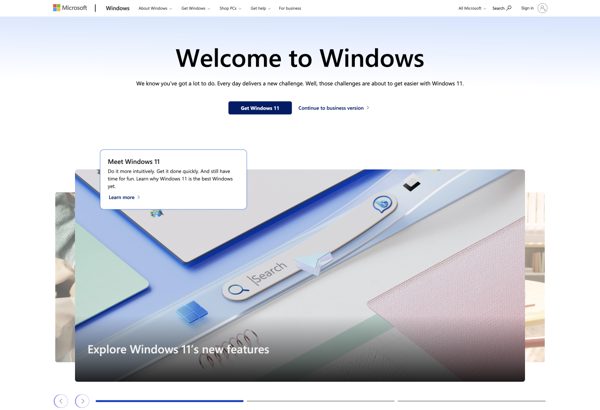
Ubuntu

MacOS

Linux Mint

Arch Linux

Elementary OS

Debian

Knoppix

Linux kernel
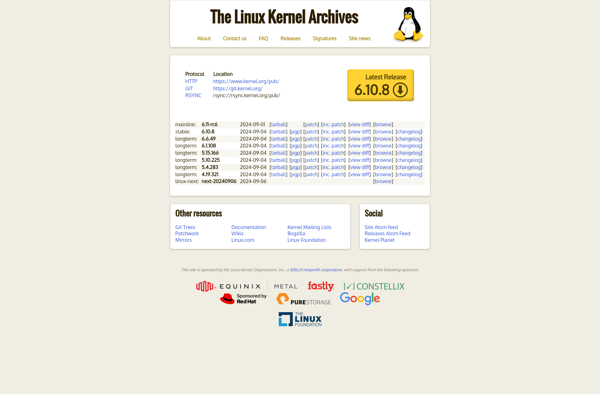
Fedora

Manjaro Linux

OpenSUSE

Enso OS

Hello System

Kubuntu

MiniOS

Linux From Scratch

Windows 2000

Windows 98

PearOS
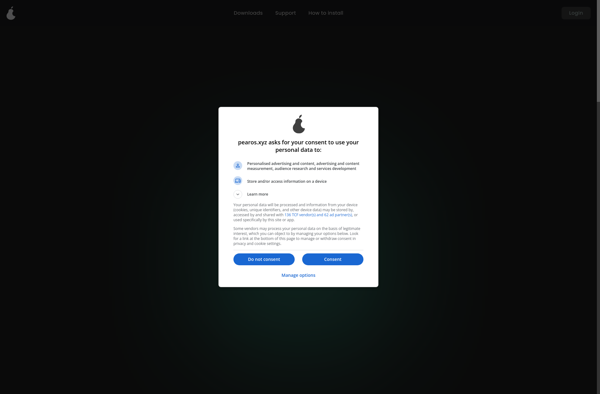
OpenSolaris
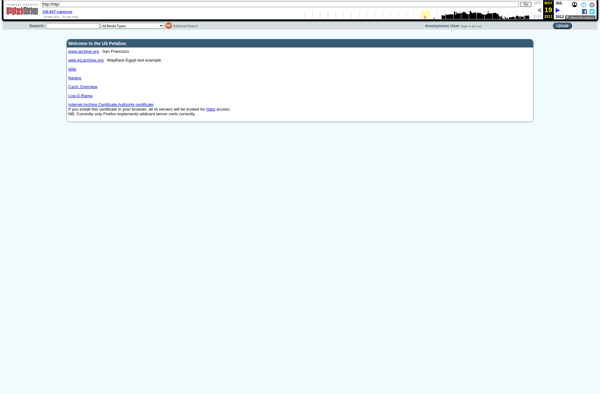
NetBSD

DragonFly BSD

IBM AIX

LinuxFX

HP-UX

Vector Linux

Zenwalk Linux
Sabayon

Lychee Linux
AOSC OS
LuksOS Grape
Ameoba OS
Windows Millennium Edition

Funtoo Linux

Symphony OS
